1. Jolt Cola
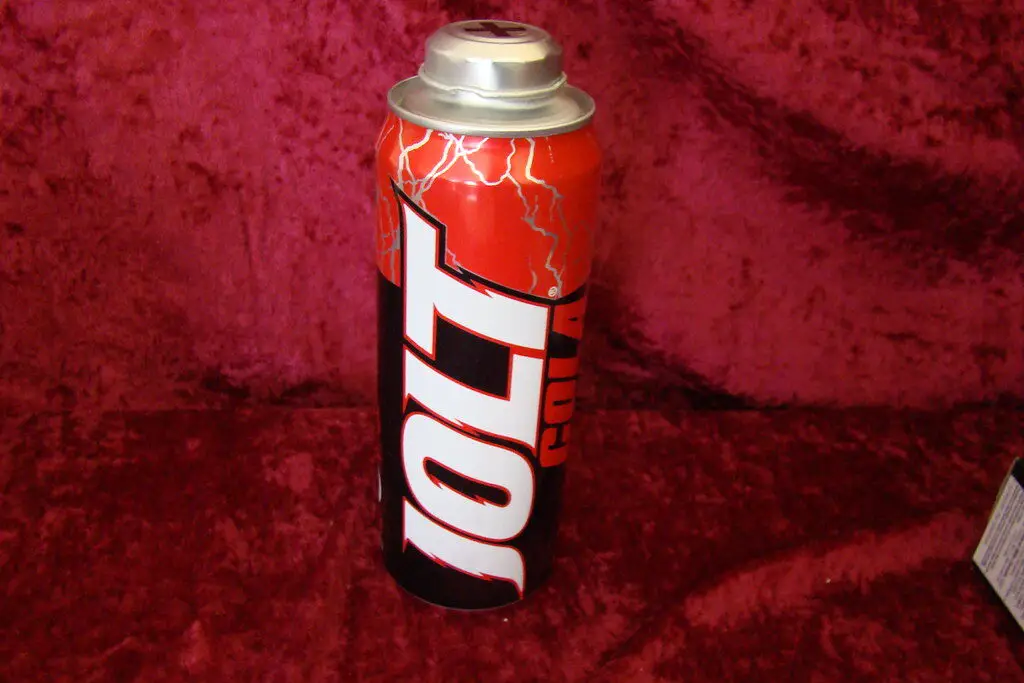
If you grew up in the ’80s or ’90s, you probably remember Jolt Cola being advertised as the soda with “all the sugar and twice the caffeine.” It was the kind of drink your parents wouldn’t let you buy before school because teachers would’ve hated them for it. Jolt promised energy in a can long before energy drinks like Red Bull hit the shelves. College kids swore by it for all-nighters, and gamers kept it nearby for marathon sessions. The taste wasn’t too different from regular cola, but the buzz was undeniable.
Eventually, the competition from newer energy drinks and growing concerns about sugar pushed Jolt out of the mainstream. It had a few comebacks here and there, even trying sugar-free versions, but it never quite stuck around. Still, if you mention it in a room full of Gen Xers, chances are someone will smile and say, “Oh man, I lived on Jolt during finals week.” That says something about its staying power as a memory, even if not as a drink.
2. Pepsi AM
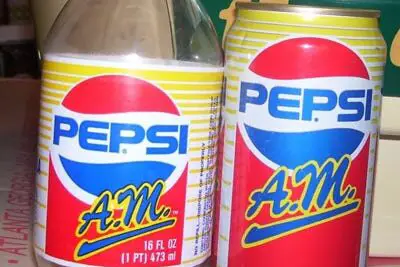
In the late ’80s, Pepsi thought people wanted cola for breakfast, so they launched Pepsi AM. The pitch was simple: why drink coffee when you could have a morning soda loaded with caffeine? It was meant to be the perfect pick-me-up for people who just couldn’t face a mug of black coffee. The branding leaned into the idea that soda was no longer just an afternoon indulgence, but an early morning necessity.
The problem was, most people weren’t ready to ditch their coffee for cola at 7 a.m. Sales didn’t take off, and Pepsi AM quietly disappeared. It lives on, though, as one of those bold but bizarre attempts to corner the caffeine market. Today, it’s one of those products people bring up when talking about strange ’80s marketing ideas.
3. Surge
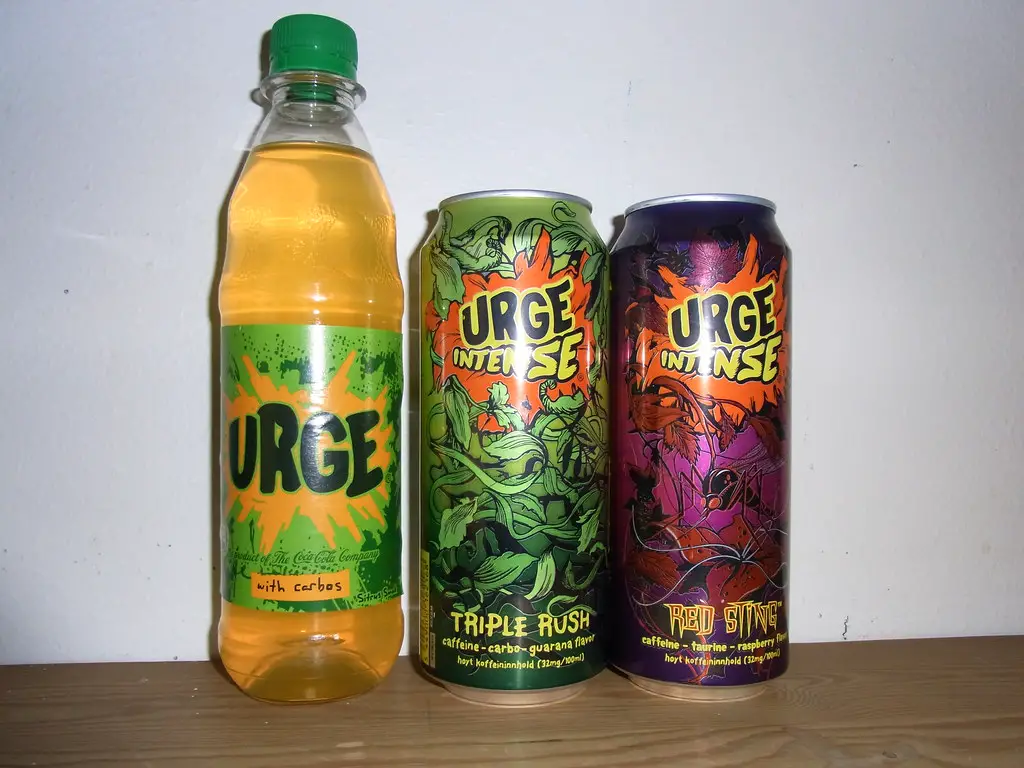
When Surge hit stores in the late ’90s, Coca-Cola marketed it as the answer to Mountain Dew. It was neon green, high-octane, and targeted straight at teenagers with commercials full of kids jumping off furniture and yelling. The message was clear: if you wanted energy, fun, and a sugar high all in one, Surge was your drink. It became a cult favorite for a while.
Parents, however, were not thrilled. The sheer amount of sugar and caffeine made it controversial, and schools often banned it. By the early 2000s, Surge disappeared, but not before leaving behind a generation of nostalgic fans. Some even begged for its return online, and Coca-Cola briefly brought it back in limited runs.
4. Coca-Cola BlāK
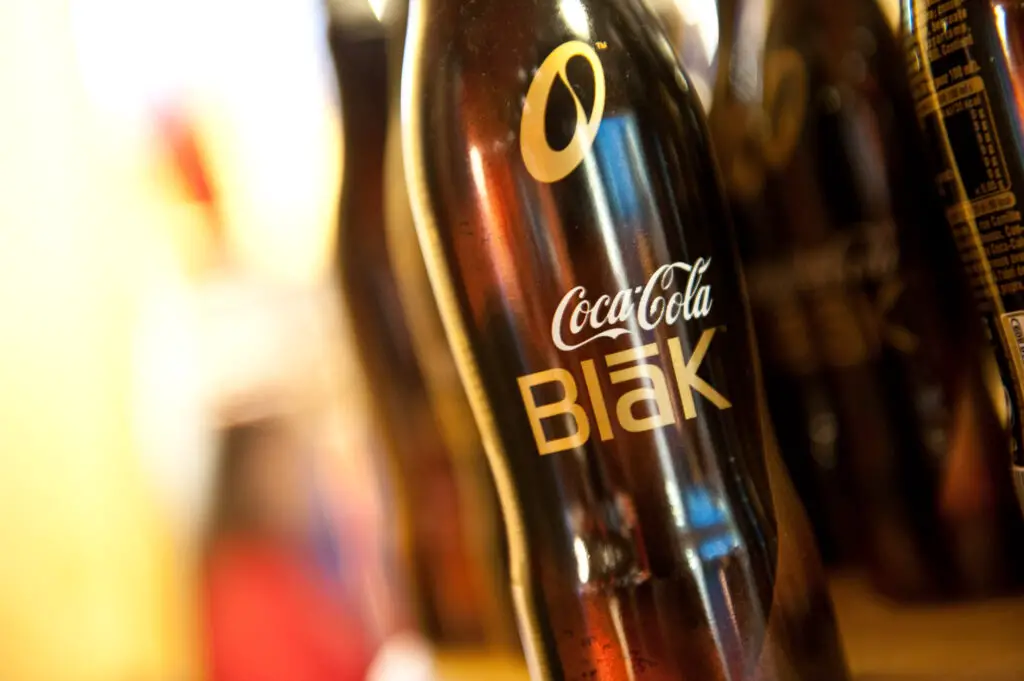
In 2006, Coca-Cola tried blending two of America’s favorite pick-me-ups: soda and coffee. The result was Coca-Cola BlāK, a hybrid drink that promised the taste of cola with the boost of coffee. It came in sleek glass bottles and was clearly aimed at adults rather than kids. The idea sounded trendy and sophisticated at the time.
Unfortunately, the taste didn’t quite win people over. Many found it strange, neither fully coffee nor fully cola. It stuck around for only a short while before vanishing. Still, it paved the way for later coffee-cola hybrids that have done a little better in the market.
5. OK Soda
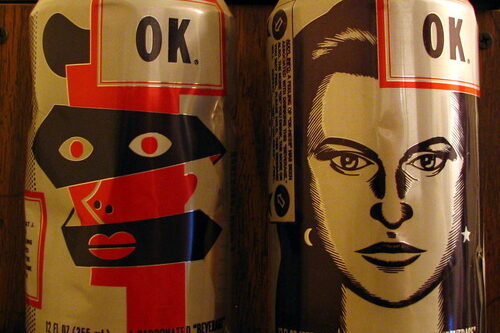
In the ’90s, Coca-Cola rolled out OK Soda, targeting the cynical Generation X crowd. It wasn’t just about the drink itself but the whole counterculture vibe they attached to it. The branding featured odd comic-style artwork, cryptic messages, and the slogan “Everything is going to be OK.” People were intrigued, and the high caffeine content promised an energy kick.
But while the marketing was clever, the flavor didn’t impress. Most people said it tasted like flat soda with a citrus twist. It ended up being more of a cultural experiment than a long-lasting product. Today, cans of OK Soda are collector’s items, reminding us of one of the strangest energy-angled campaigns ever.
6. Crystal Pepsi
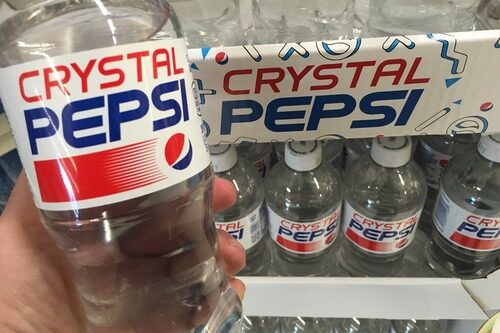
Crystal Pepsi was marketed in the early ’90s as a clean, clear alternative to regular cola. With no caramel coloring, it looked like water but promised the same cola kick. The campaign leaned into health and purity while still packing caffeine for an energy boost. It was one of those drinks that caught your eye on the shelf because of its odd look.
The novelty wore off quickly, though. People just didn’t associate a clear drink with the bold taste of cola. While it faded fast, Crystal Pepsi still has a fan following. Pepsi has even brought it back briefly for nostalgic promotions, showing its strange place in soda history.
7. Mountain Dew MDX
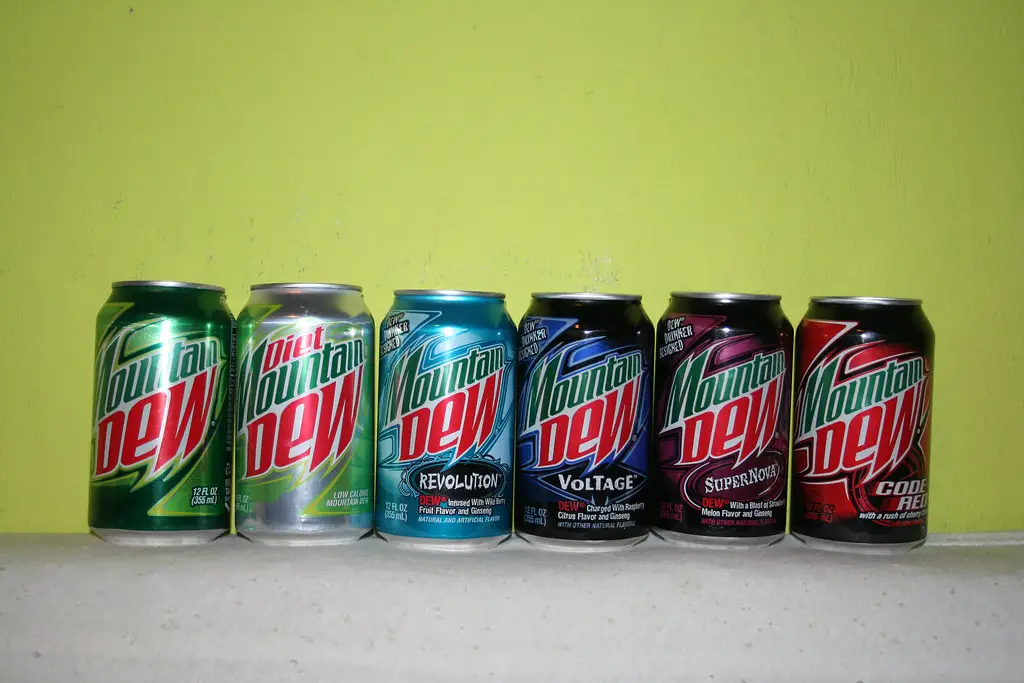
Before energy drinks completely took over, Mountain Dew tried its hand with MDX in 2005. This wasn’t just soda—it was pitched as an energy soda with vitamins, ginseng, and a higher caffeine content. The branding was sleek, with futuristic-style bottles meant to appeal to young adults. It was basically Mountain Dew trying to bridge the gap between soda and Red Bull.
Unfortunately, it never fully caught on. Fans of regular Mountain Dew thought it tasted off, while energy drink lovers just stuck to their usual choices. It quietly left shelves after only a short run. Still, it showed how soda companies were scrambling to keep up with the energy drink boom.
8. Tab Energy
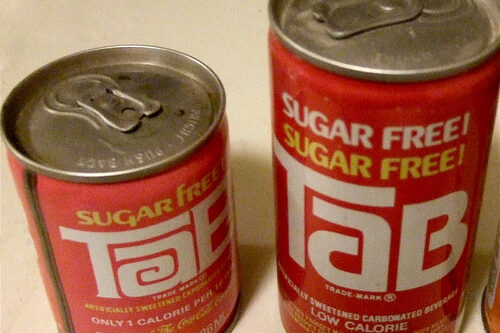
Tab had been Coca-Cola’s diet drink experiment since the ’60s, but in 2006, they reimagined it as Tab Energy. Packaged in slim pink cans, it was clearly marketed toward women. The branding focused less on extreme sports (like most energy drinks) and more on fashion and nightlife. It promised energy but with a lighter, “chic” image.
While some loved the aesthetic, the taste didn’t win over a big audience. It was slightly fruity, a little artificial, and not strong enough to compete with Red Bull or Monster. Within a couple of years, it disappeared from shelves. Today, it feels like a time capsule of mid-2000s marketing trends.
9. Vault
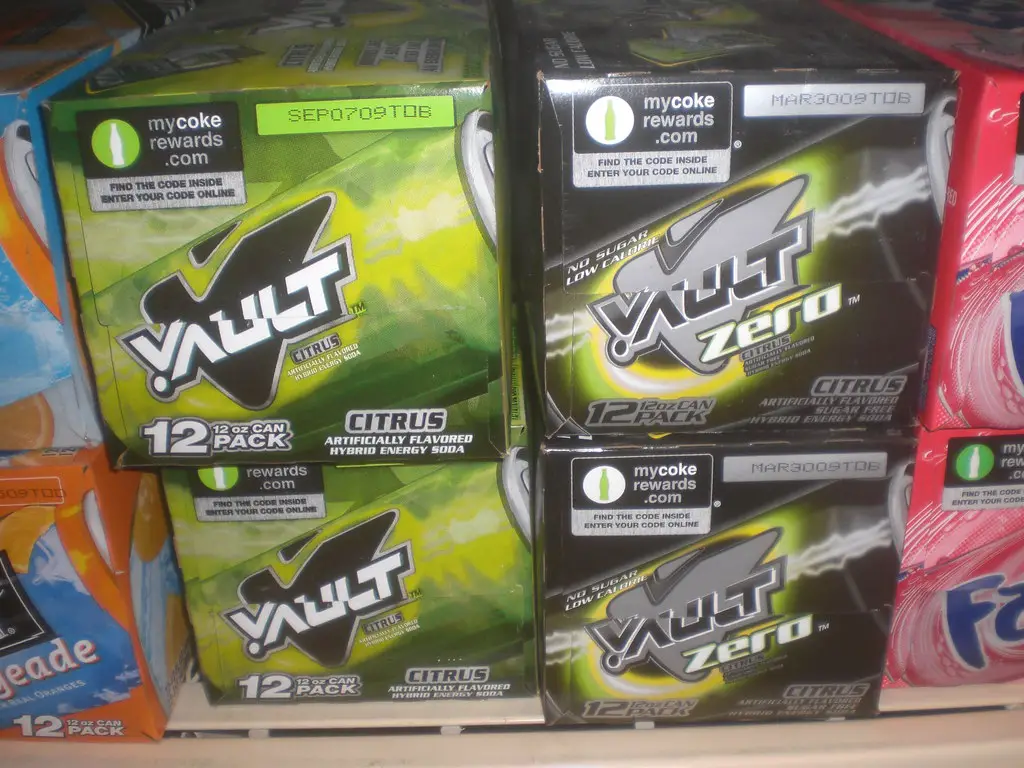
Vault was Coca-Cola’s big push in the mid-2000s to compete with Mountain Dew. It was advertised as a “hybrid energy soda,” somewhere between regular pop and a full-blown energy drink. The commercials showed it as a drink that fueled action, chaos, and fun. For a while, it had its loyal fan base.
The bright green soda did give you a kick, but it struggled to stand out in a crowded market. By the early 2010s, it was gone, with Coke focusing on other products instead. For those who loved it, Vault still has a cult following online, where people reminisce about its brief glory.
10. Pepsi X
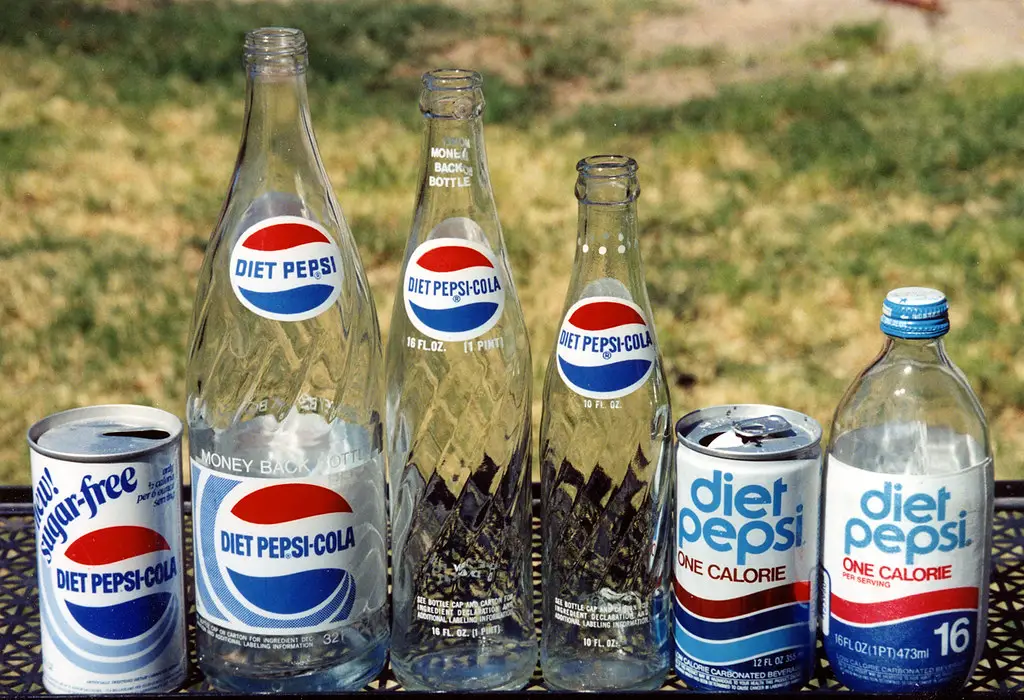
In 2012, Pepsi tried another experiment: Pepsi X, a soda infused with ginseng. It was launched in partnership with “The X Factor” TV show, aiming at younger audiences. The drink promised to be more than just cola—it was supposed to give you energy, too. The tie-in gave it a flashy debut.
But the hype didn’t last long. Pepsi X tasted a lot like regular Pepsi, just with a strange aftertaste. The extra ginseng wasn’t enough to hook people, and once the show tie-in ended, so did the drink. It’s now mostly remembered as a short-lived promotional gimmick.
11. Kick by Royal Crown
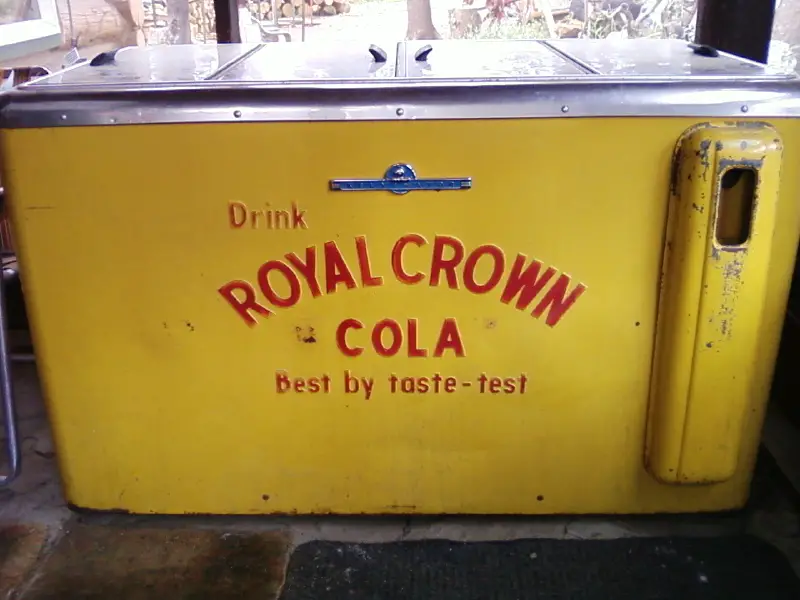
Royal Crown Cola, always trying to compete with Coke and Pepsi, launched Kick in the early 2000s. It was their attempt at an energy soda, boasting extra caffeine and guarana. The branding leaned into being tough and bold, appealing to people who wanted something a little different. For a while, it looked like RC might carve out a niche.
But being the smaller player in the soda wars made it tough. Kick didn’t have the advertising budget or shelf space to compete with the big names. It quietly disappeared, though some fans still look back on it fondly. It was a reminder that RC always tried to innovate, even if it didn’t always stick.
12. Monster Soda Hybrid (Lost)
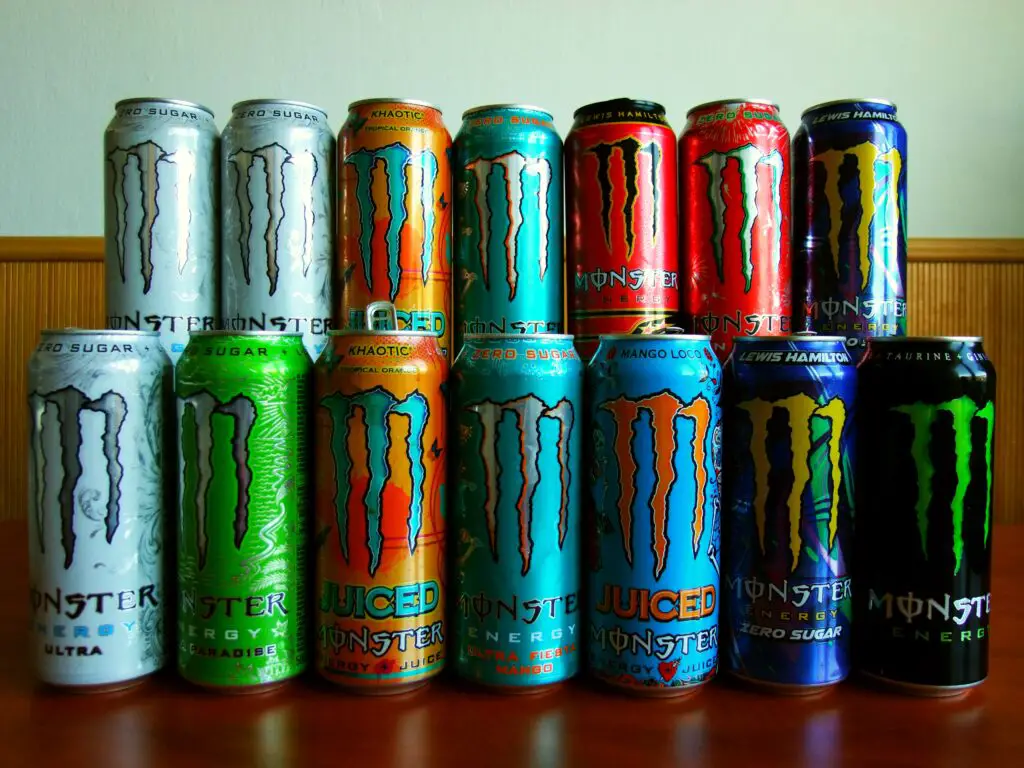
Monster is known for its energy drinks, but for a time they experimented with a soda-style version called Lost. It came in brightly designed cans that looked more like a beach brand than an energy drink. The idea was to make an energy soda that felt laid-back and fun. It definitely had caffeine and sugar to keep people buzzing.
Still, it didn’t take long before Monster went back to its main identity. Lost faded, and today it’s one of those forgotten spin-offs most people don’t even remember. It’s interesting, though, because it showed Monster trying to appeal beyond hardcore energy drink fans.
13. Power Malt
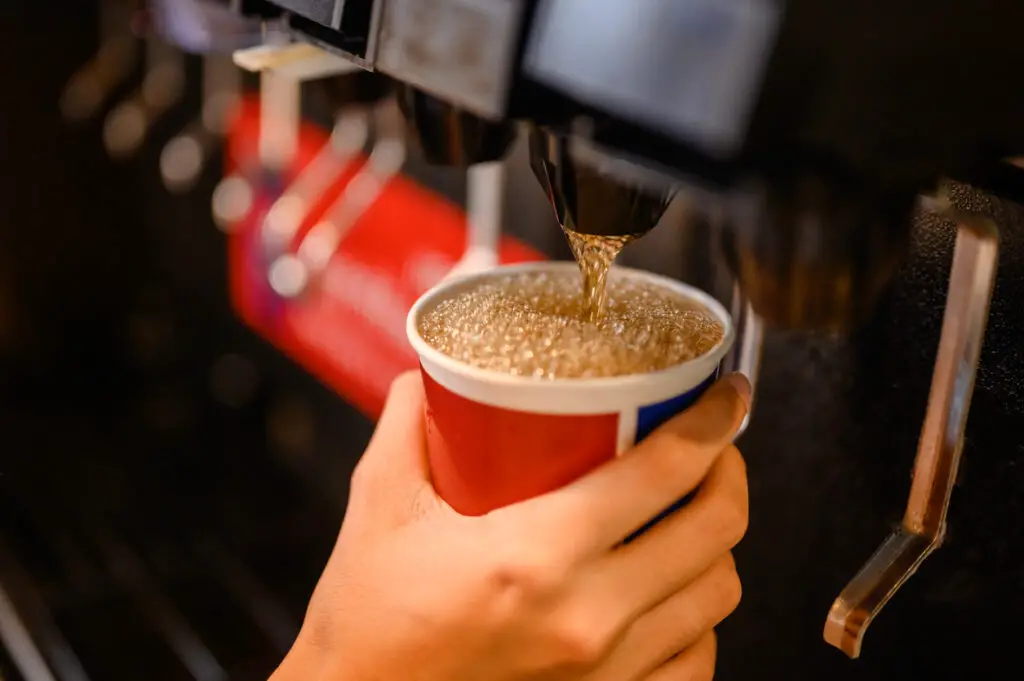
Popular in some communities in the ’90s and early 2000s, Power Malt was marketed as a “liquid meal” and an energy booster. It wasn’t carbonated in the same way soda was, but it promised the same effect with vitamins and malt extracts. The branding suggested it was almost healthy compared to other sugary drinks. People drank it for a different kind of energy lift.
But its taste was heavy and not exactly refreshing. For many, it was too filling to replace a simple soda or energy drink. Eventually, it slipped into obscurity in most places, though you can still find it in some specialty shops. It’s one of those drinks that sparks curiosity when spotted today.
14. AMP Energy
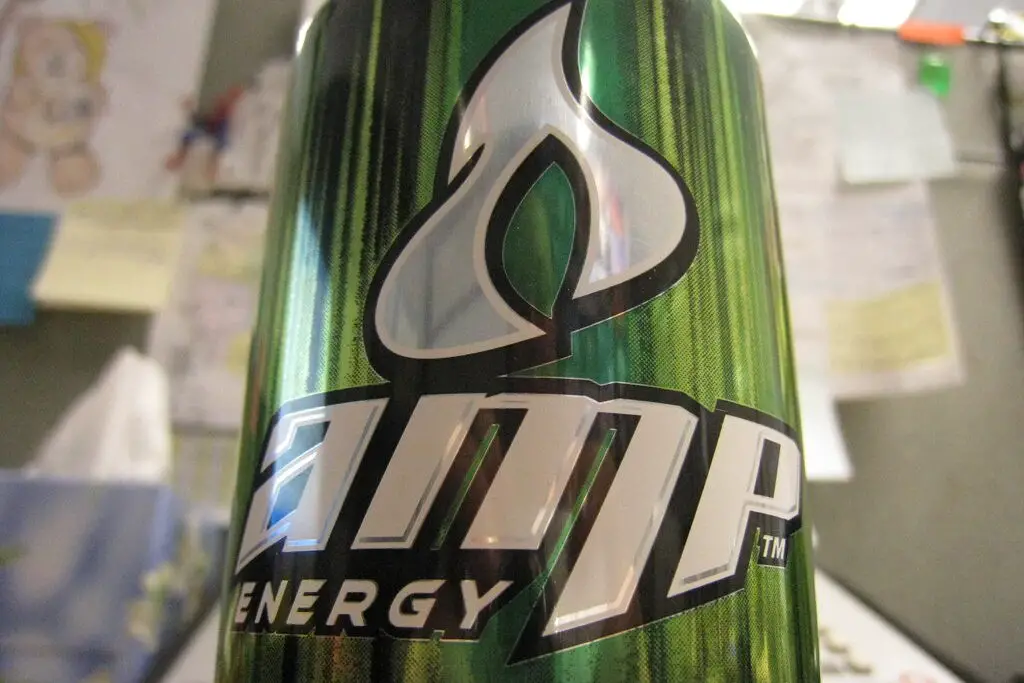
Launched by Mountain Dew in the early 2000s, AMP Energy was one of the first drinks to blur the line between soda and energy drinks. It came in cans that looked like an energy drink but carried Mountain Dew’s branding. With added taurine, B-vitamins, and caffeine, it became popular among young adults looking for something different from Red Bull.
Over time, though, it lost steam. The market became saturated with stronger, more aggressive energy drinks, and AMP just didn’t stand out. It still pops up occasionally in smaller markets, but it’s not nearly as prominent as it once was. For many, it’s now just another forgotten chapter in Mountain Dew’s long list of spin-offs.
